7. 2001: A Space Odyssey

There is symbolic, there is literal and there’s ambiguous, and then there is the ending for 2001: A Space Odyssey which seems to be all rolled into one and infinitely more. Dave Bowman has travelled to the ends of the universe and undergone a journey unlike anything cinema goers had witnessed before or since, by the end he has been transformed into a foetus enclosed in a transparent orb of light.
The film ends as the new being floats in space beside the Earth, gazing at it. The speculative potential is endless, has mankind ascended to a higher form of consciousness? Has Bowman been transformed into this godlike being to guide the species forward? Has the human race just come into contact with alien life? Are two species of intelligent life merging into one? Have the very mysteries of the universe just revealed themselves before us?
They are all right, and at the same time none of them are. Kubrick set out to avoid any straightforward answer, above all else he wanted to avoid any singular rational articulation, and all that mattered to him was the individual’s interpretation. He was after all dealing with the deepest mysteries of the universe and possibly life itself, by the very definition they couldn’t be supplied with a single answer and the same can be said for this shot and the endless fascination with it.
6. The Godfather
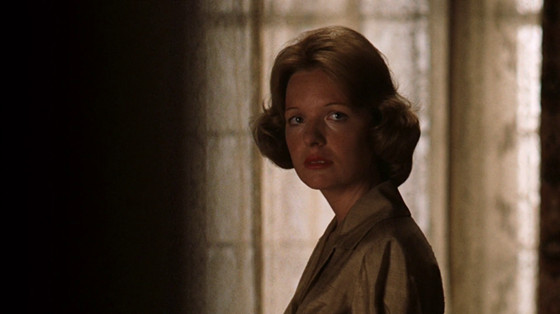
Some of the best final shots can make the true meaning of a film come to life with a singular image. They can reveal the honest and most basic meaning that lies within the story and make it breathtakingly clear to the viewer.
With its final shot, The Godfather elevated itself to more than just a story of mobsters. At this moment, the audience became aware of the true significance of this crime saga as a tragedy of Shakespearean proportions.
But to understand this shot, it’s also important to recall the beginning of the film, where Michael Corleone openly despised his family’s business, vowed never to become a part of it and swore he would never lie to his fiancé Kay. But by the end of the film, with the blood of so many on his hands, Michael simply shuts his wife out and continues to deal in corruption and murder.
Most of the greatness of the shot rests with Diane Keaton’s facial expression. It perfectly captures the moment of a horrific realisation, when she finally becomes aware that Michael is no longer the man she loved, all that remains is a murderous monster soaked in the blood of his enemies. The door slowly closes on Kay, leaving both her and the audience in total blackness.
5. Sunset Boulevard

There’s tragedy and then there’s the final shot of Sunset Boulevard, a moment that is described as the, by this point deceased, main character as an act of mercy for Norma Desmond. Bill Wilder’s masterful tale of fame and delusion follows a failing screenwriter’s relationship with a forgotten silent star Norma Desmond, eventually resulting in Norma murdering him in cold blood.
When the police arrive to take her away it becomes apparent that she has not lost grip on reality entirely, believing she is on the set of her next big picture. She slowly walks towards the cameras (who are in reality news outlets reporting on the story). It is essentially a closed ending but there is one essential question, is it better or worse that Norma remains in her delusional realm?
With a singular shot Wilder captured the immense pain and damage that can be inflicted by stardom. He reflected the pity felt by the audience as they watch this once proud and talented actress descend into insanity.
It’s a humane and heart-breaking image to close on, it forces the audience to question whether they can condemn Norma for her actions or the audience that rejected her. Then of course, there’s that iconic line, “Alright Mr DeMille I’m ready for my close up.”
4. Casablanca
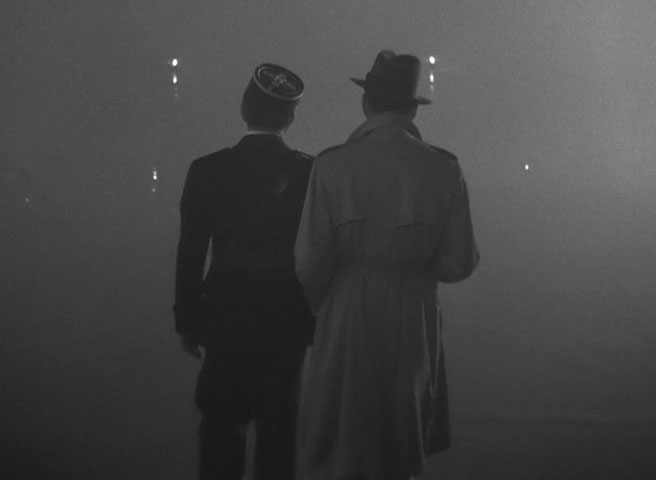
Possibly the most iconic shot in all of Hollywood’s golden age (or even Hollywood in general) features Rick Blaine and Louie Renault making their way down a deserted and misty runway, just strolling because there is nothing else left to do.
Casablanca is a story of love, loss and sacrifice and while we are ultimately conflicted to see Rick send Ilsa away, we are still pleased to see him do the right thing. However this shot has more complexity than one would imagine, the heroes are not riding off into the sunset, their future is not set in stone and by no means is it a simple ending.
Rick is still conflicted and hurt from the experience but he knows that he must move on with his life, and in the simplest terms that is what this shot represents, walking away both figuratively and literally.
As well as that the shot is just so gorgeous to look at. The extreme wides-hot of the fog covered runway filmed in black and white with its hardboiled yet sentimental and hopeful ideologies is beautiful to behold. To top it all off, it all just looks so effortless in its composition and humanity.
3. Stalker
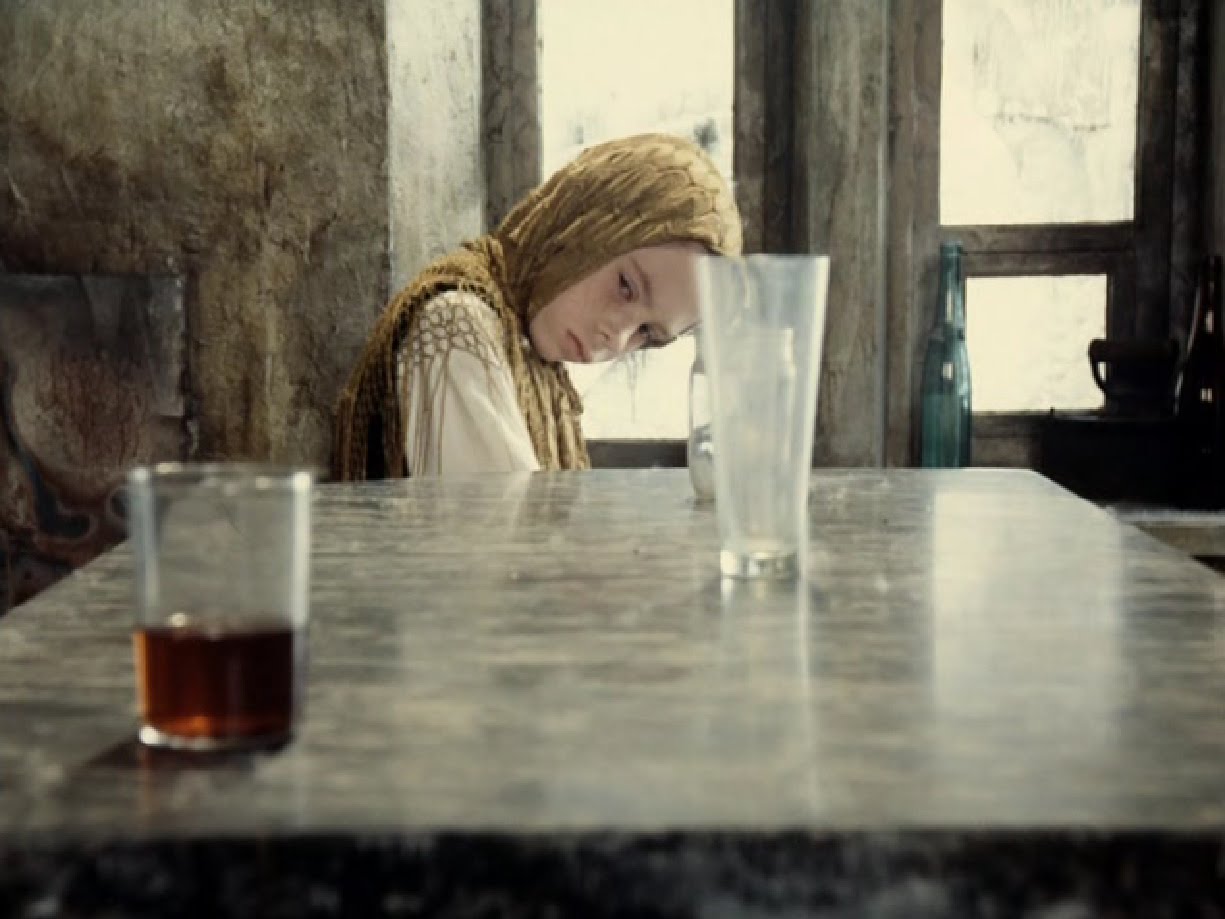
A movie as complex and thought provoking as Stalker could only ever end with a conclusion that raises even more questions and mysteries. Andrei Tarkovsky combined a mixture of elements from the science fiction genre with dramatic philosophical and psychological themes and then wrapped it all up with this mind bending finale.
It ends with another twist as the daughter of the main character appears to use telekinetic powers to push objects across a table as a train rushes towards their apartment, shaking it as it goes past. It becomes a moment of surreal and eerie poetry. The implications of such a conclusion are frightening to contemplate and the fact that even the author admit that the ending defies any singular answer is itself even more unsettling.
But beyond the contemplative or symbolic meaning behind this shot, just the way in which it is filmed is astonishing to behold. It is bursting with mood and atmosphere and overflowing with emotion as it reflects an un-verbalised sense of loss, pain and sadness. It implies such a sense of hidden power and of so many things unknown.
2. The 400 Blows
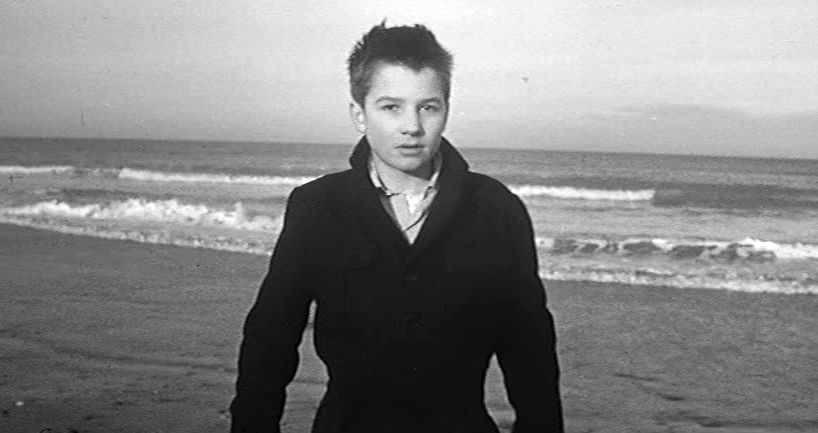
One would think it impossible to create an open ended conclusion with the utilization of a freeze frame, particularly one that instead of focusing on a moment of action or drama, simply captures a look. Francois Truffaut’s semi-autobiographical film tells the story of a young boy named Antoine Doinel, a misunderstood adolescent in Paris who is thought by his parents and teachers to be a troublemaker.
At the end of the film, Antoine is simply walking towards to camera and briefly glances at it where his look is frozen in time, as if to say, what exactly? Is he optimistic, resentful, angry at the society that condemns him, hopeful for his future or focused solely on the present? It can mean anything the viewer wants it to, an endlessly complex shot from such a simple premise.
Truffaut simply wanted Jean-Pierre Léaud (the actor playing Antoine) to stare at the camera, giving him virtually no instructions on what expression to use or what specific emotion to convey. When Léaud only glanced at the camera for a second, Truffaut chose to freeze the moment forever, and in the process he captured the perfect way to close his masterpiece.
1. The Searchers
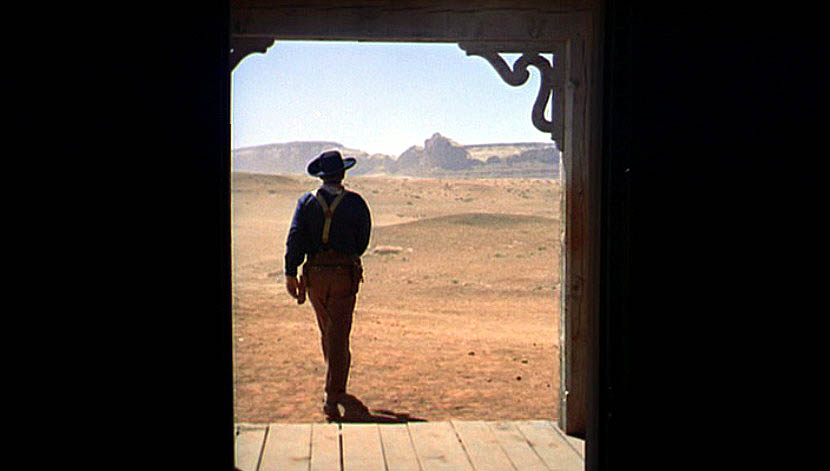
John Ford’s masterful western ends on one of the most subliminally heart wrenching shots of all time made its central character infinitely more compelling than we ever could have imagined.
Having devoted seven years of his life to tracking down his abducted niece, John Wayne’s Ethan Edwards returns her home safely (albeit not quite as picturesquely as he imagined) and everything seems to return to normality, with the final shot seeing Ethan standing in the doorway of the house.
Except it’s at this moment when we suddenly realise that with this task accomplished, Ethan has no purpose in life. He has devoted so many years of his life to finding her and now, with every other character relationship wrapped up and resolved, all that remains is Ethan without a place to go. So he simple heads back out into the wilderness.
The sad fact is that Ethan is nothing more than a relic of the past, a reminder of more violent time, a tool without any use. So he returns to the only place ha can call home, the untamed wilderness where disputes and conflicts still exist. He ventures out alone, the door closes on him and the greatest final shot in cinema history is born.
Author Bio: Joshua Price considers himself more of a fan that happens to write near insane ramblings on movies and directors like Scorsese, Spielberg, Bergman, Kubrick and Lumet rather than an actual critic and other insane ramblings can be found criticalfilmsuk.blogspot.co.uk.